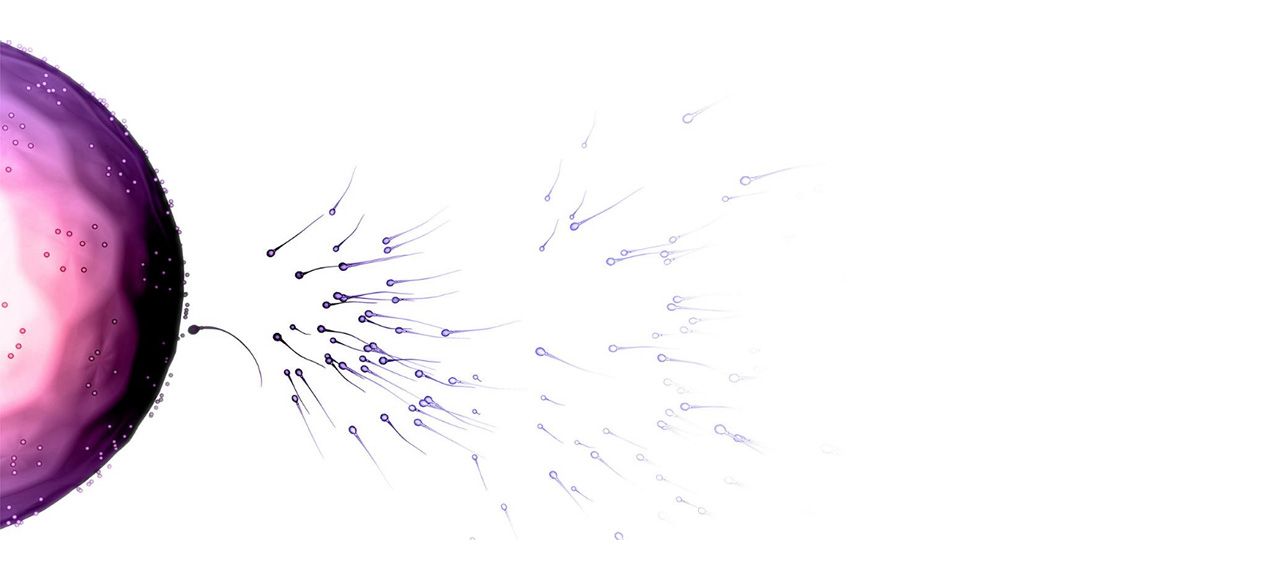The Sertoli cell: one hundred fifty years of beauty and plasticity.
Librarian's Comment : Sertoli cells play a key role in germ cell development including maintenance of the spermatogonial stem cell niche. Moreover, this unique type of testicular somatic cells is essentially involved in the delicate local immuno-regulation, also referred to as immune privilege of the testis. Hence, studying the multiple functions of Sertoli cells is a prerequisite for our understanding of physiology and pathophysiology of the testis, even beyond mammals.
Published in :
Andrology
Authors :
França LR, Hess RA, Dufour JM, Hofmann MC, Griswold MD
Abstract :
It has been one and a half centuries since Enrico Sertoli published the seminal discovery of the testicular 'nurse cell', not only a key cell in the testis, but indeed one of the most amazing cells in the vertebrate body. In this review, we begin by examining the three phases of morphological research that have occurred in the study of Sertoli cells, because microscopic anatomy was essentially the only scientific discipline available for about the first 75 years after the discovery. Biochemistry and molecular biology then changed all of biological sciences, including our understanding of the functions of Sertoli cells. Immunology and stem cell biology were not even topics of science in 1865, but they have now become major issues in our appreciation of Sertoli cell's role in spermatogenesis. We end with the universal importance and plasticity of function by comparing Sertoli cells in fish, amphibians, and mammals. In these various classes of vertebrates, Sertoli cells have quite different modes of proliferation and epithelial maintenance, cystic vs. tubular formation, yet accomplish essentially the same function but in strikingly different ways.









